Natural stone formations are found in nature all over our planet. They have been used from the beginning of human civilizations for their beauty and unique properties to reinforce and accent all constructions.
There are many different types of Stones to choose from each with their individual
characteristics and strengths, please link through to our trusted partners for more examples and descriptions below.
Installation Methods & Systems
Full Bed Stone Cladding
(Thick) Building Veneer (3”- 6” Thick)
DRY PACK
Dry Pack – Dry pack mortar is used as a substrate to fill the entire void spacing of the stone construct including the face side visible joint
spacing of a stone construct to fortifying the Thick Building Veneer. This method of reinforcing Stone Masonry is timeless and has been used from the construction of the Pyramids to Noter Dame.
COURSING
Stone is set with either premixed or handmade mortar mix which is applied around the diameter of the stone leaving an open cavity void behind stone construct. Stone is typically reinforced with brackets to stabilize.
MECHANICAL
Various Mechanical fasteners (usually stainless steel) are used to reinforce stone to a barring wall leaving an open cavity void both behind and around the perimeter of stone. This installation system is typically grouted or caulked after completion.
Thin Stone Veneer
(Thin) Building Veneer (3⁄4”-2” Thick)
THIN SET
Specific thin-set mortar is used to glue thin stone veneer to a suitable wall backing usually concrete. If concrete is missing than a scratch coat of cement mortar or cement board must be used, this allows
wood and steel stud construction to have a masonry finish.
Flooring
MORTAR BED
Stone is set on a mortar bed using thin-set or a dry pack mortar similar to the dry pack method for vertical stone cladding and grouted after
completion.
PEDESTALS
Stone or tile is set and leveled on Pedestals which can be configured to a specific depth and slope. This type of system works best for outdoor exposed areas which require drainage underneath stone
finishes as water passes freely in between joint spacing and into drain.
Partners




